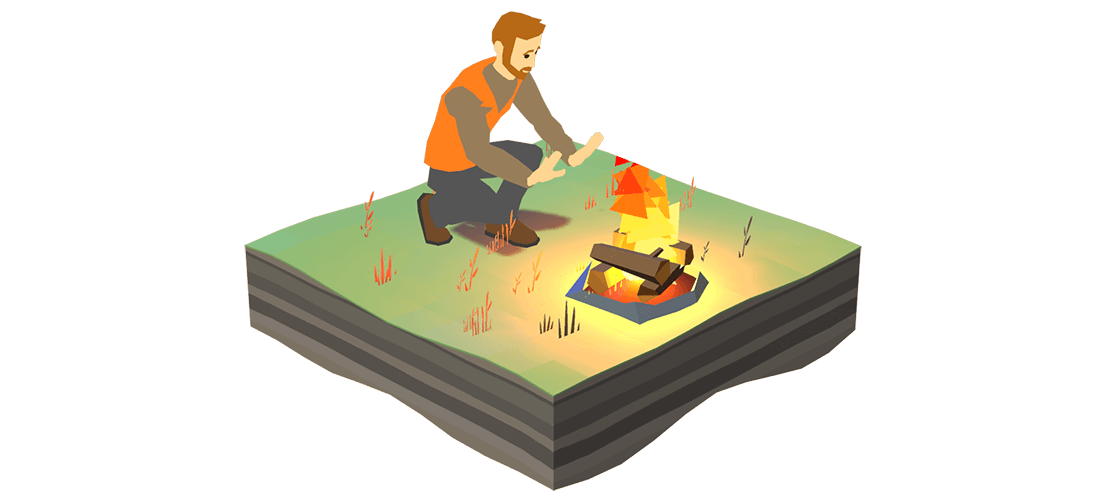Hunting Survival Topographic Maps

Topographic Maps
The fear of becoming lost while hunting can be overcome by learning to get around with a map and compass. This is called orienteering. Once you learn to navigate with a map and compass, there is little chance of ever becoming lost.

You must know where you are and how to get back. Make sure you have enough water.
Topographic maps, produced from aerial photographs, show natural features such as hills, ridges, valleys, lakes, rivers, creeks, trails, and roads, all drawn to scale. This is the most important map for orienteering. When you plan your hunt, get a topographic map of the area and study it carefully.
Here are some features of topographic maps:
- The contour interval tells how much vertical distance there is between each contour line
- The date shows how old the details on the map are
- The scale indicates how much detail you can see and how much area your map covers, you should try to get maps with a scale of 1:24,000
- Grid lines that show true north and south as well as east and west
- Contour lines show the elevation of the ground. That is how we can see hills and valleys on the map
- The declination indicates the difference between where the compass needle will point and the north/south grid lines on the map
- Contour interval, scale and map title are located in the bottom center of the topographic map
Aerial Photo Maps
Another very useful map, especially for the hunter, is the aerial photo map. These maps are actually photographs of the land taken from an airplane. With an aerial photo map, you can see exactly what the water, forest and other vegetation looks like.
The aerial photo map can help you scout your area right from your living room. If you know a lot about the animal you are hunting, you will be able to find "likely" spots where you might find them. Combined with the topographic map, you can lay out an excellent plan for your hunt.
Remember a good plan not only helps to avoid becoming lost, it will also help others should they need to find you.
In the field, keep your maps neatly folded inside a plastic "zip-lock" bag and be sure you carry them with you.